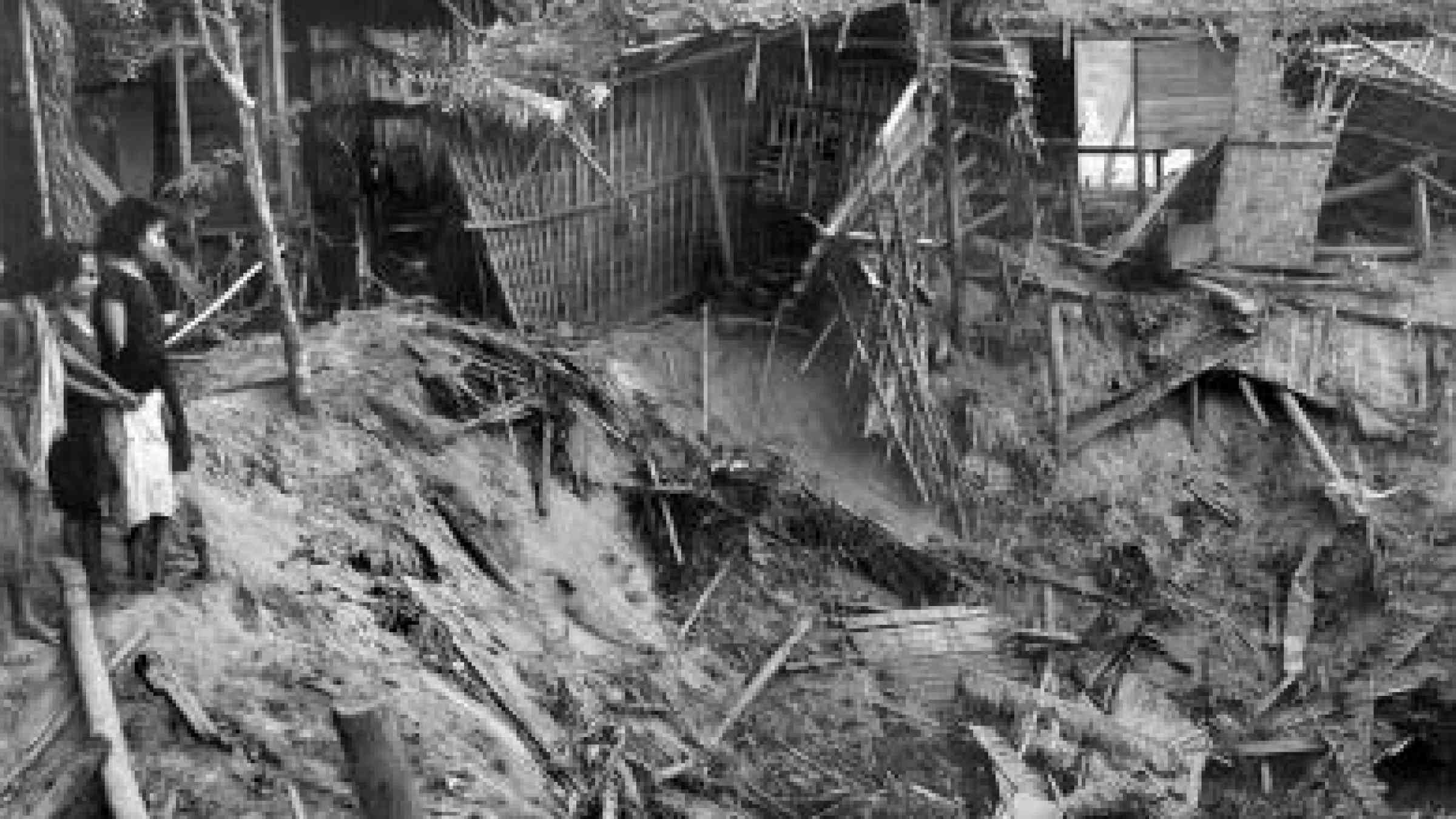Philippines: DSWD, ADB undertake housing project for ‘Yolanda’ survivors

Hilongos, Leyte – Some 297 survivors of Typhoon Yolanda in this town received P70,000 each for the construction of their new homes under the Core Shelter Assistance Project (CSAP) of the Department of Social Welfare and Development (DSWD) in partnership with local government units (LGUs) and with funding support from the Asian Development Bank (ADB).
The beneficiaries, who lost their homes at the onslaught of ‘Yolanda’, were identified by the ADB. They come from Barangays San Agustin, Baliw, San Antonio, Utanan, and San Juan.
During the recent turn-over ceremony, Hilongos Mayor Albert Villahermosa explained to the beneficiaries that they could no longer be eligible for the DSWD’s Emergency Shelter Assistance since they already received aid under CSAP. Leyte Governor Dominic Petilla and Vice-Governor Carlo Loreto were also present at the ceremony.
CSAP provides disaster affected families with permanent shelter units that can withstand typhoons with wind velocity of up to 220 kilometers per hour and earthquakes up to intensity 4. These are also constructed in safe relocation areas.
Under the CSAP, beneficiaries have to group themselves into five or 10 and help each other finish their houses. They will be paid P195 per day for 10 days, through the Cash for Work, to ensure that they will meet their daily needs while constructing their houses.
The core houses measure five meters by four meters.
DSWD Secretary Corazon Juliano-Soliman said that despite other disasters that the government is attending to, rehabilitation in ‘Yolanda’-affected areas are in full swing.